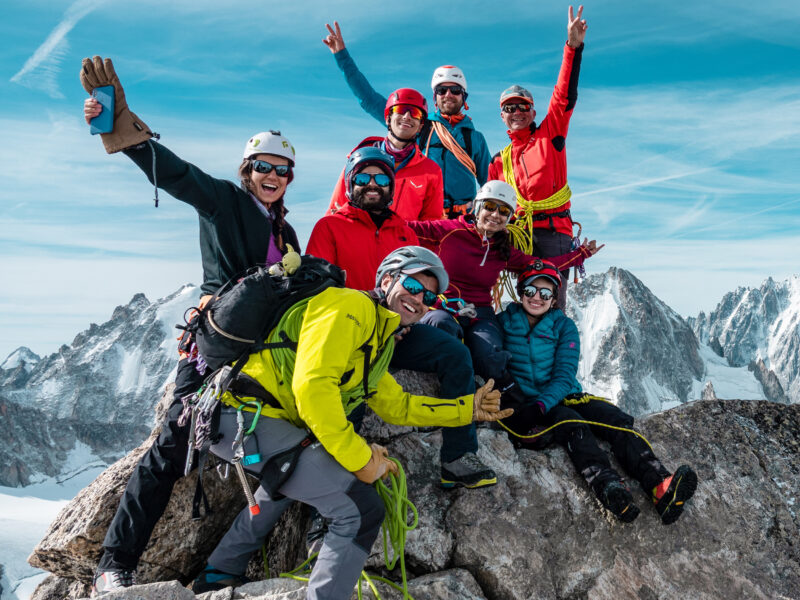BY Rami Rasamny | June 18 2024
The Sherpa Legacy: A Century of Mountaineering Culture

Nestled in the majestic peaks of the Himalayas lies the Khumbu region, home to the legendary Sherpa people. For over a century, the Sherpas have played a central role in the development of mountaineering culture, shaping the way we perceive and experience the world’s highest summits. From guiding pioneering expeditions to establishing vital infrastructure, the Sherpa legacy is deeply intertwined with the history of Himalayan exploration.

The history of the Sherpa people in the Khumbu region traces back centuries, with their roots firmly planted in the rugged terrain of the Himalayas. Originally from eastern Tibet, the Sherpas migrated to Nepal’s Solukhumbu district in the 16th century, drawn by the promise of fertile land and abundant resources. Over time, they adapted to the harsh mountain environment, developing a deep understanding of the terrain and its challenges.

The Sherpas’ intimate knowledge of the Himalayas soon caught the attention of European explorers and mountaineers. In the late 19th and early 20th centuries, a wave of expeditions set out to conquer the world’s highest peaks, including Mount Everest. It was during this time that the Sherpas emerged as indispensable allies, serving as guides, porters, and companions to mountaineers from around the globe.
One of the most iconic figures in Sherpa mountaineering history is Tenzing Norgay, who, alongside Sir Edmund Hillary, became the first to summit Mount Everest in 1953. Tenzing’s achievement catapulted the Sherpa people into the international spotlight, earning them recognition for their unparalleled skills and resilience in the face of extreme conditions.

Beyond their contributions to individual expeditions, the Sherpas have played a crucial role in the development of mountaineering infrastructure in the Khumbu region. From building trails and bridges to establishing high-altitude camps, Sherpa climbers have worked tirelessly to make the Himalayas more accessible to adventurers from all walks of life.
In recent decades, the Sherpa community has faced new challenges and opportunities as mountaineering tourism in the region has boomed. With increased commercialisation and competition, Sherpa climbers have had to adapt to changing dynamics while preserving their cultural heritage and traditions. Despite these challenges, the Sherpas remain steadfast in their commitment to safeguarding the mountains they call home.

Today, the legacy of the Sherpa people continues to inspire generations of mountaineers and adventurers worldwide. Their spirit of resilience, humility, and reverence for the mountains serves as a guiding light for all who seek to explore the world’s most remote and breathtaking landscapes. As we reflect on the last century of mountaineering culture in the Khumbu region, we honor the enduring legacy of the Sherpa people and celebrate their invaluable contributions to the world of exploration.
About The Author
Rami Rasamny is the founder of Life Happens Outdoors, a premium adventure travel community dedicated to transforming lives through curated outdoor experiences. A mountaineer and entrepreneur, Rami has led teams on some of the world’s most challenging peaks, from the Alps to the Himalayas. His mission is to make adventure accessible, transformative, and safe for all who seek to push their limits and Come Back Different.
About Life Happens Outdoors
At Life Happens Outdoors, we believe in the power of nature to transform lives. As proud members of the Adventure Travel Trade Association (ATTA) and the World Travel & Tourism Council (WTTC), our team of certified guides and outdoor professionals is committed to the highest standards of safety, sustainability, and excellence.
Discover more about our story and mission on our Meet LHO page, or explore our curated adventures such as the Tour du Mont Blanc Trek, the Climb of Kilimanjaro, and Chasing the Northern Lights.















